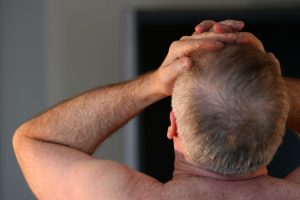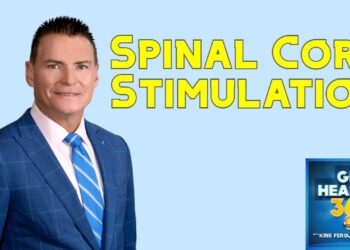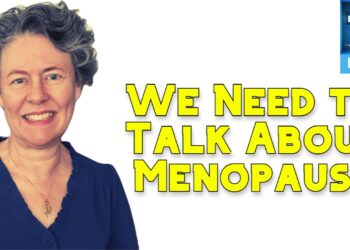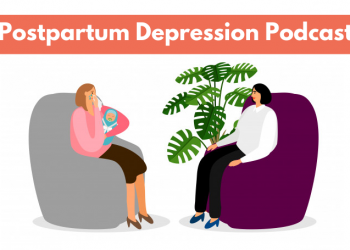New nerve block shows improvement for migraine headaches.
 Blocking a group of nerves at the back of your nose called the “sphenopalatine ganglion” (SPG) may be effective. This is most commonly performed with a special catheter made by Sphenocath®, Allevio®, and Tx360®. This therapy is not only limited to the treatment of migraines, but to many types of headache disorders and facial pain syndromes.
Blocking a group of nerves at the back of your nose called the “sphenopalatine ganglion” (SPG) may be effective. This is most commonly performed with a special catheter made by Sphenocath®, Allevio®, and Tx360®. This therapy is not only limited to the treatment of migraines, but to many types of headache disorders and facial pain syndromes.
The Research
Curr Pain Headache Rep. 2017 Jun;21(6):27. doi: 10.1007/s11916-017-0626-8.
Sphenopalatine Ganglion Block in the Management of Chronic Headaches.
Abstract
PURPOSE OF REVIEW:
Sphenopalatine ganglion (SPG) block has been used by clinicians in the treatment of a variety of headache disorders, facial pain syndromes, and other facial neuralgias. The sensory and autonomic fibers that travel through the SPG provided the scientific rationale for symptoms associated with these head and neck syndromes. Yet, despite the elucidation of this pathogenic target, the optimal method to block its pain-producing properties has not been determined. Clinicians have developed various invasive and non-invasive techniques, each of which has shown variable rates of success. We examined the available studies of sphenopalatine ganglion blockade and its efficacy in the treatment of cluster headaches, migraines, and other trigeminal autonomic cephalalgias.
RECENT FINDINGS:
Studies have demonstrated that SPG blockade and neurostimulation can provide pain relief in patients with cluster headaches, migraines, and other trigeminal autonomic cephalalgias. Patients with these conditions showed varying levels and duration of pain relief from SPG blockade. The efficacy of SPG blockade could be related to the different techniques targeting the SPG and choice of therapeutic agents. Based on current studies, SPG blockade is a safe and effective treatment for chronic headaches such as cluster headaches, migraines, and other trigeminal autonomic cephalalgias. Future studies are warranted to define the optimal image-guided technique and choice of pharmacologic agents for SPG blockade as an effective treatment for chronic headaches related to activation of the sphenopalatine ganglion.











